Data Representation and Digital Logic - Assignment 1
VerifiedAdded on 2023/06/13
|7
|913
|381
AI Summary
This assignment covers topics like hexadecimal to decimal conversion, base conversion, negative and positive numbers in 3-bit computer, circuit equivalence and more.
Contribute Materials
Your contribution can guide someone’s learning journey. Share your
documents today.
1 out of 7
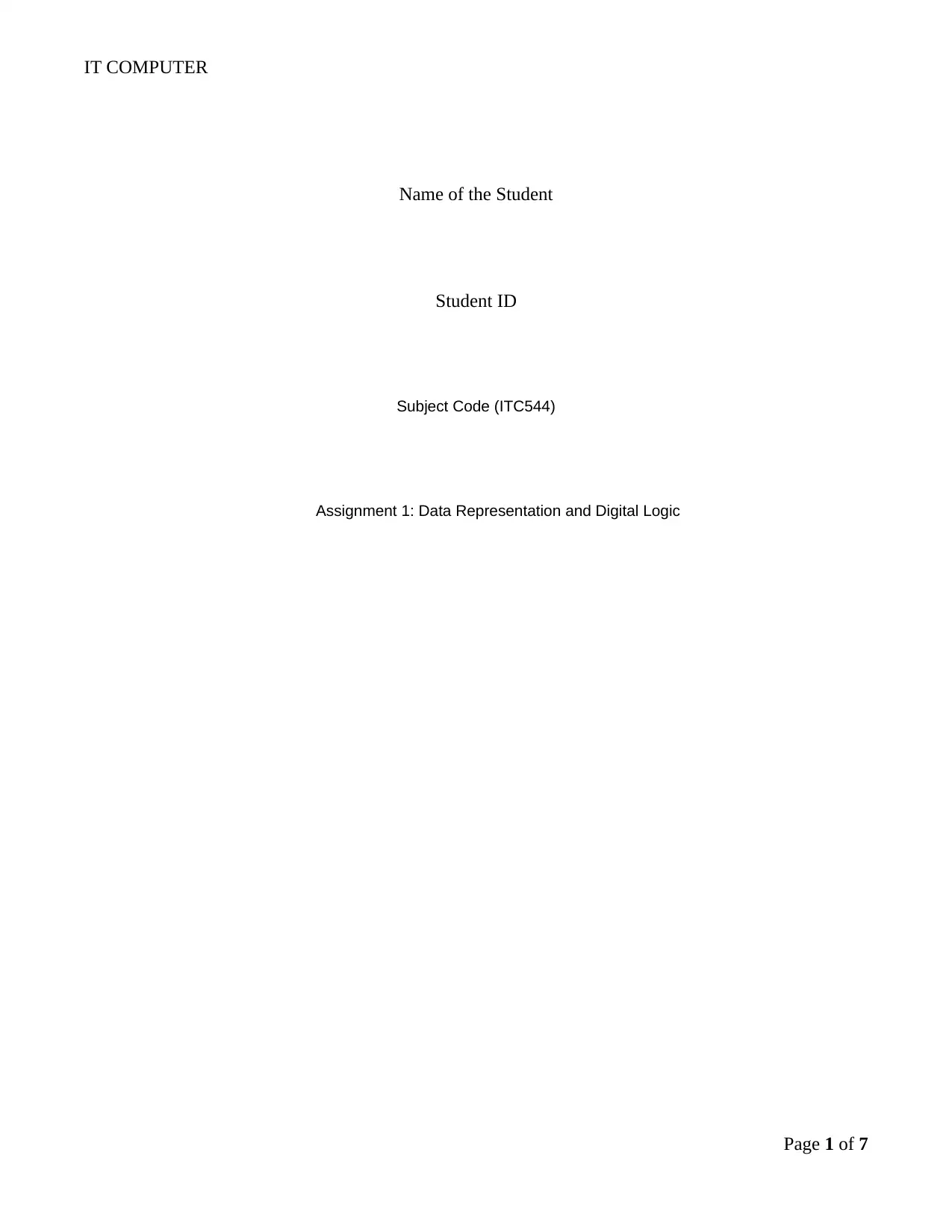
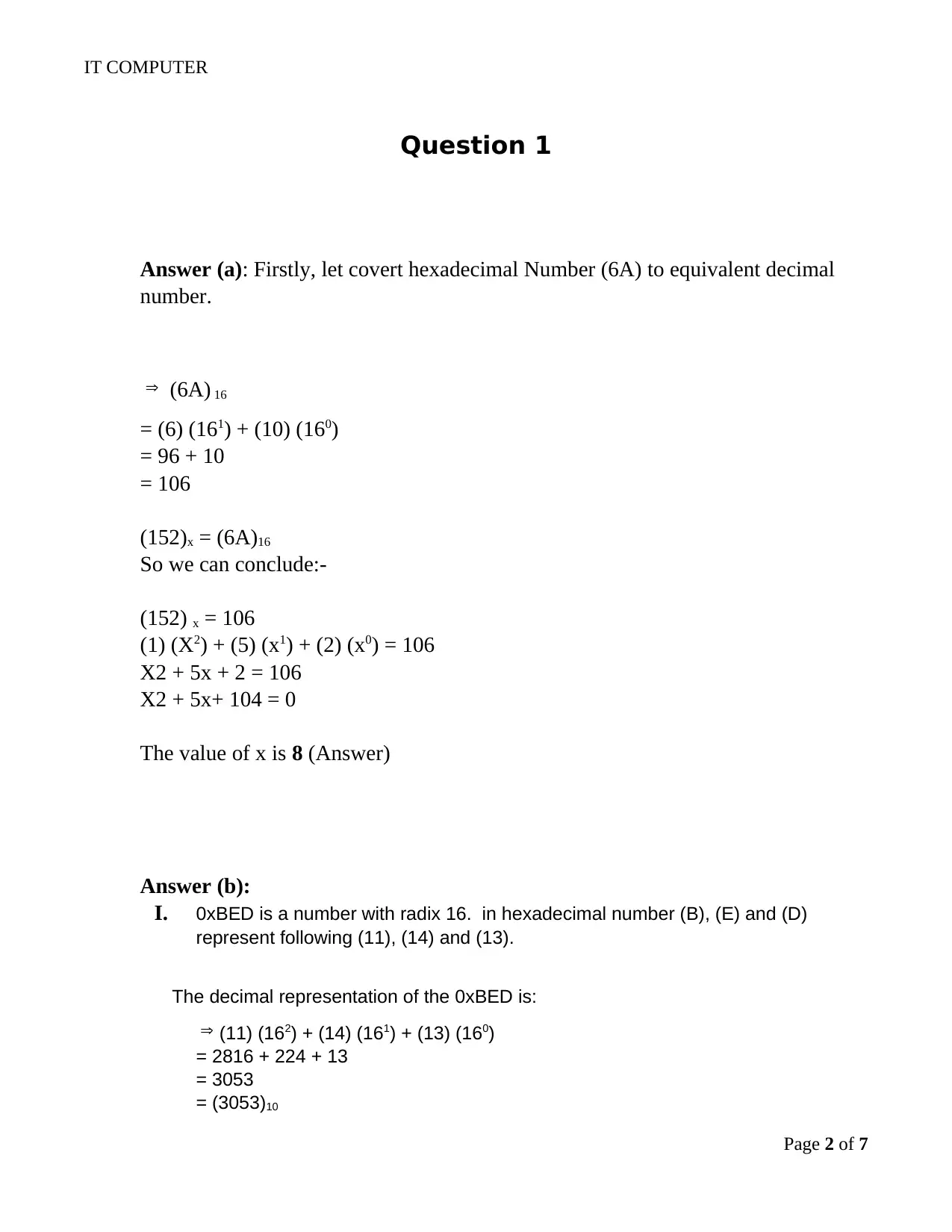
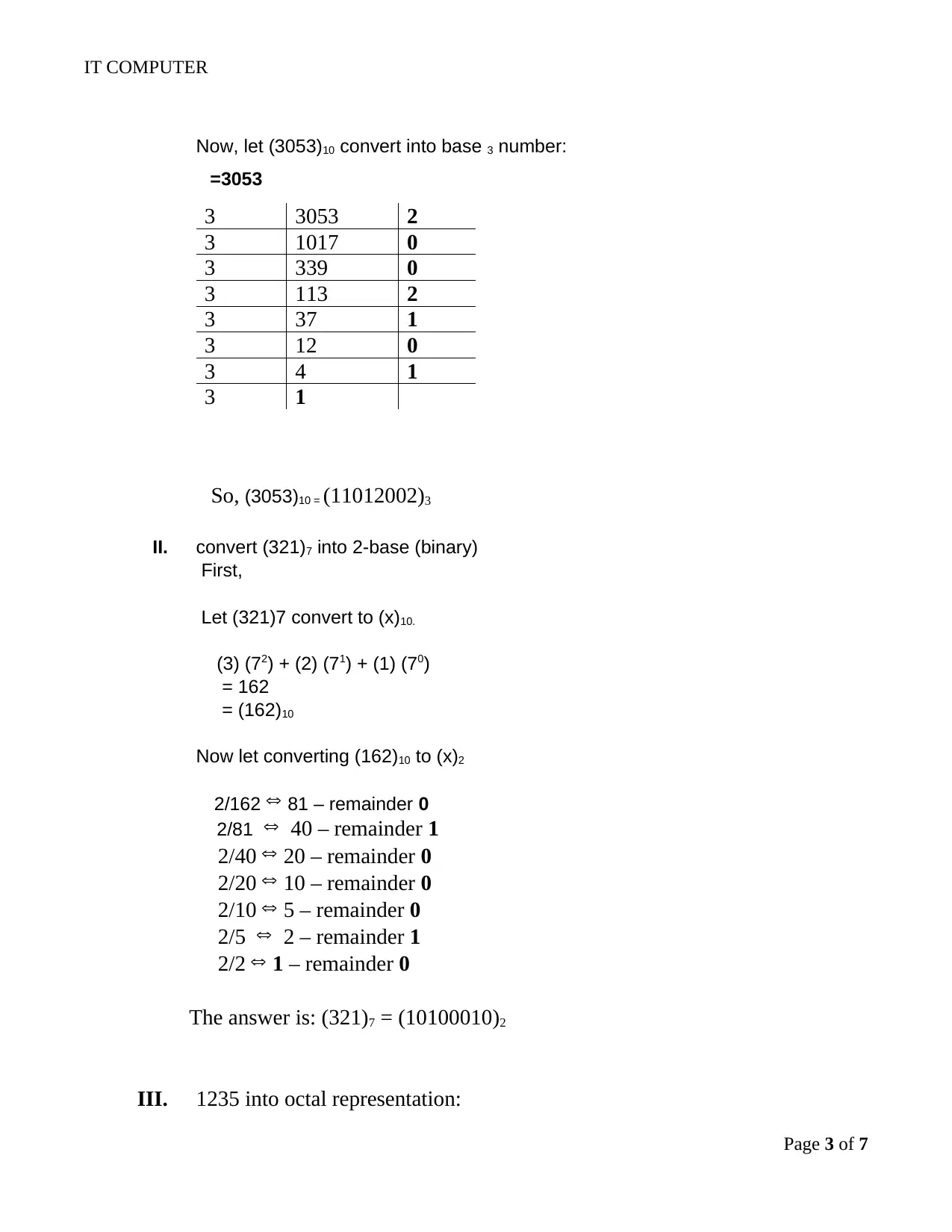
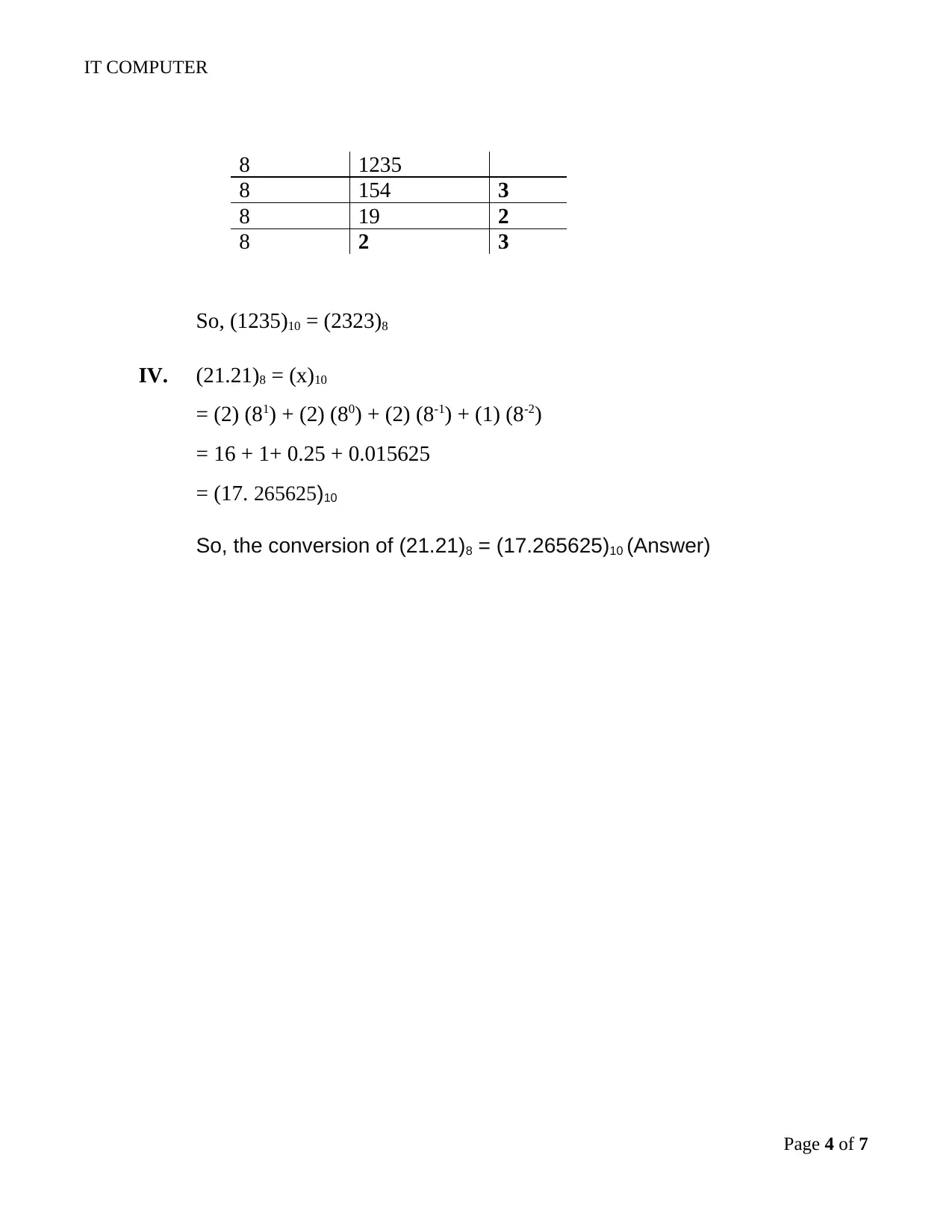
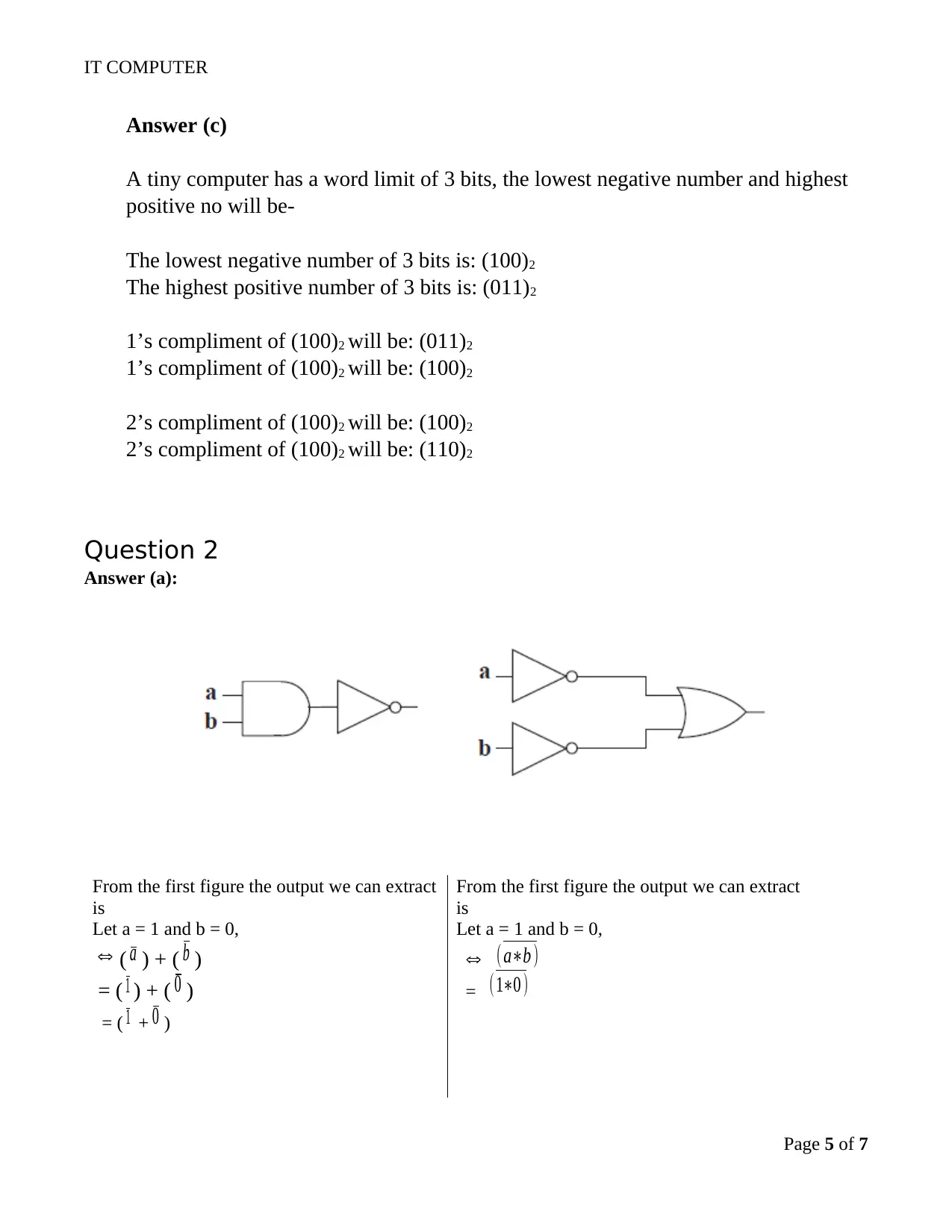
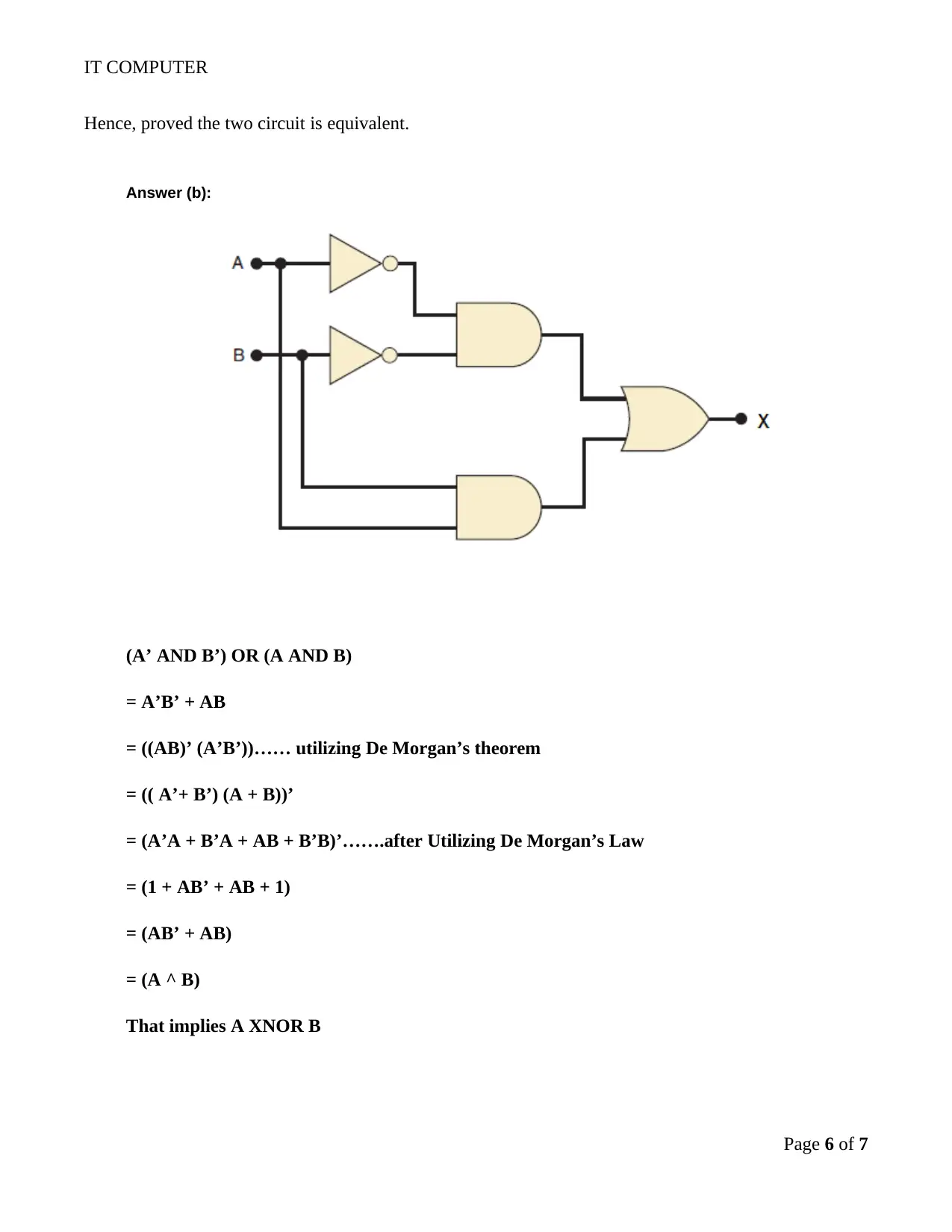
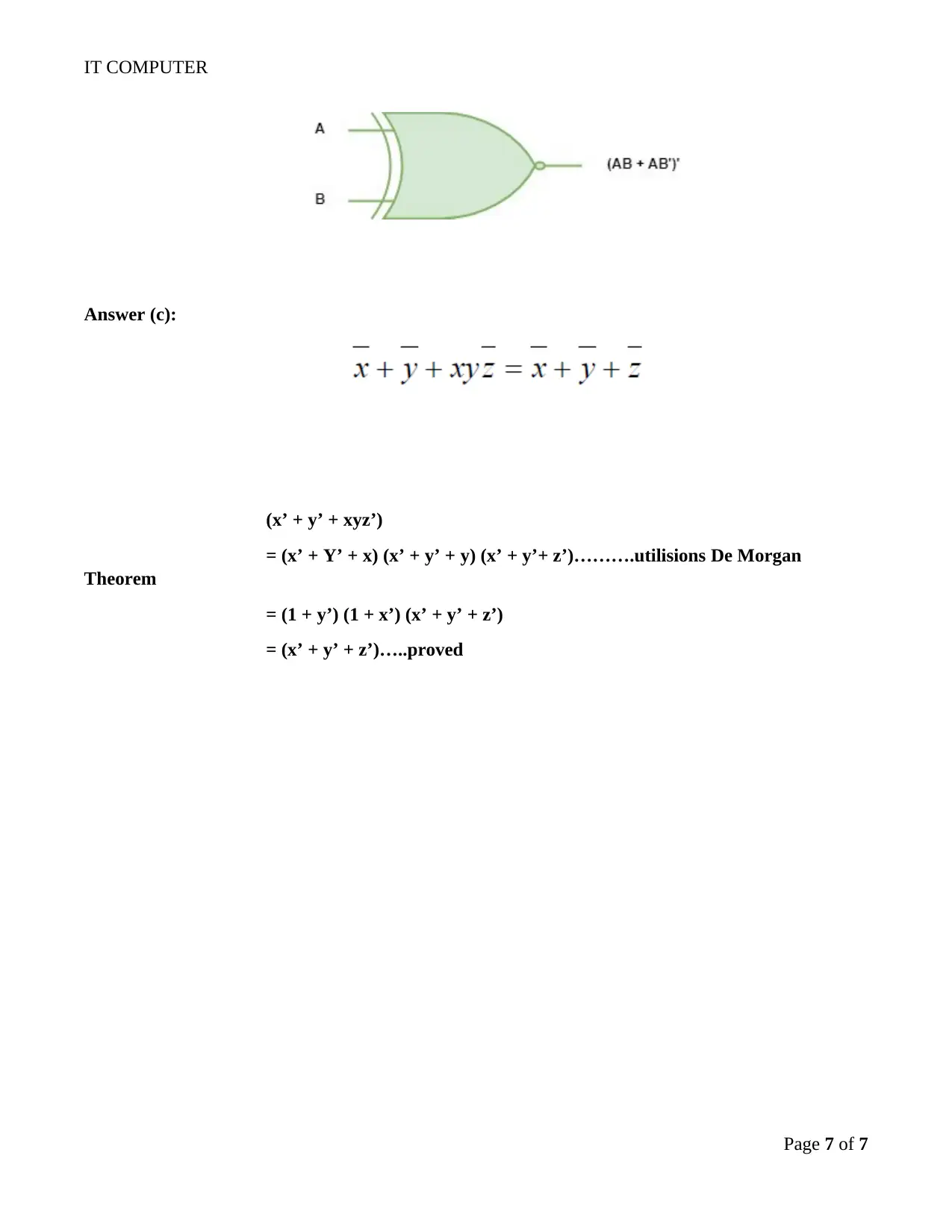




![[object Object]](/_next/static/media/star-bottom.7253800d.svg)